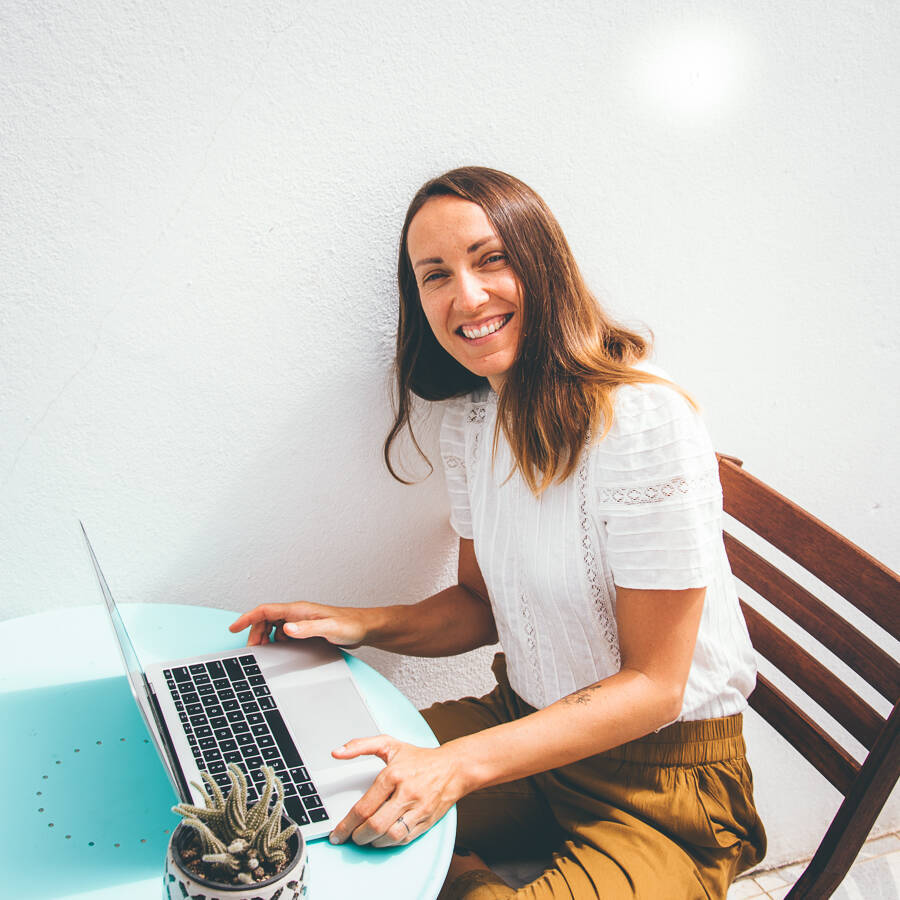One of the most famous and popular national parks in the US, Yellowstone National Park, has been a world heritage site since 1978. Largely located in Wyoming’s northwest corner, it extends into Montana and Idaho. The park spans an area of 2,219,789 acres (8,983 km2) filled with lakes, canyons, rivers, waterfalls, forest, grassland and mountain ranges.
The park is known for its abundant wildlife including grizzly bears, herds of elk and bison, and several endangered and threatened species. Until 1970, the park actually encouraged visitors to feed the bears and take pictures with them, which (surprise, surprise) led to many injuries. Next to the Grand Canyon of the Yellowstone River, some of Yellowstone’s most prominent characteristics are its many geothermal features like Old Faithful geyser. In fact, half of the world’s geysers and hydrothermal features are found in this national park.
The numerous paved roads within the park can be accessed from five different entrances with tour companies offering motorised transport inside the park. Visitors have the opportunity to go hiking, camping, boating, fishing and sightseeing. In the summer season, campfire programmes and guided walks are also on the agenda. The closest airports are in Bozeman and Billings, Montana, in Jackson as well as Cody, Wyoming or Idaho Falls, Idaho.






















Comments